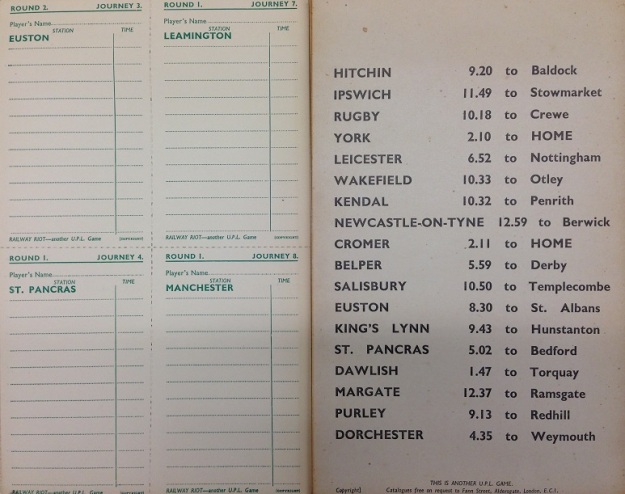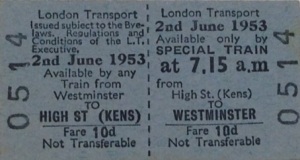A post by Graduate Trainee, Becky Tabrar.
In celebration of Brunel University’s 50th birthday, which is fast approaching on the 6th July, we thought we would share with you another item from the Library History Archive. In 1978, a staff suggestion book was created by the University Librarian Nick Childs, to allow library colleagues to have their say on how services could be improved.

Library Staff Suggestion Book, 1978-1984.
The comments were recorded between 1978 and 1984, and offer a unique insight into the operations of an academic library in this era. Often borrowing books from the Library was a time consuming and arduous process. Before the existence of online record systems, Brunel University Library used an early computer form of automated library system, which read a student’s issue ticket and ticket held within the item they wanted to borrow, and copied them on to a tape which was printed every day for records. One colleague lamented about the complexity of issuing journals under this system, and in particular, was concerned about the difficulty of discharging journal articles if its ticket had fallen out, as was often the case. They suggested that journals should become reference only as a solution, and later on this was indeed the case. As expected, with barcodes now allowing paper journals articles to be easily discharged from our computer system, this is no longer a concern.
Nevertheless, the rise of the computer has not resolved all of the concerns from the 1970s and 80s. In 1978, a staff member refers to the frequency of checked out books being left behind on library desks. This is a common phenomenon even today. Likewise, a comment recorded in 1979 states ‘someone was disco dancing in the reading room at 5pm (till I saw him!)’. One staff member in 1978 had an enthusiastic way of describing the high noise levels in the Library and in verse declared:
‘Once upon a time,
Before the laughter pierced the silence,
And pattering tiny feet,
Thundered round in circles,
…….Library quiet had lingered,
Once upon a time’
Though I can’t say I have ever seen a student ‘disco-dancing’, we still have our fair share of noise complaints!










